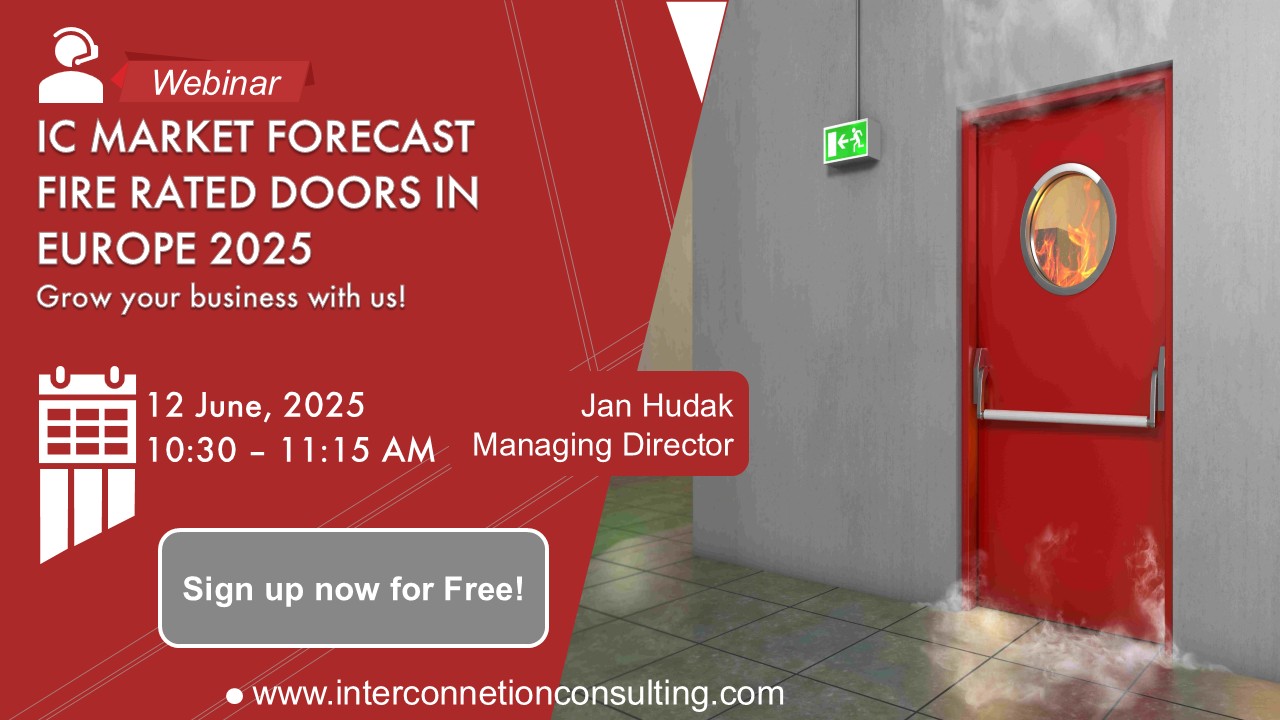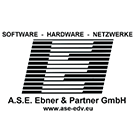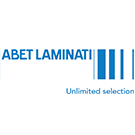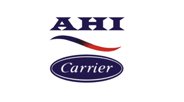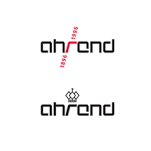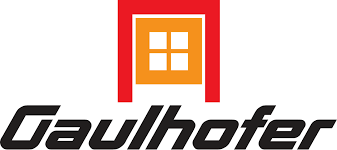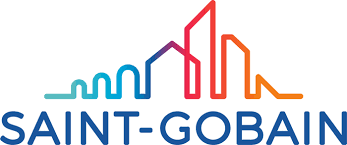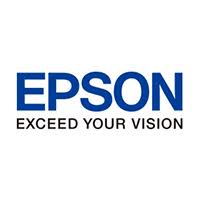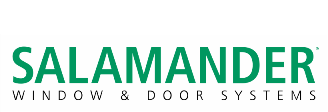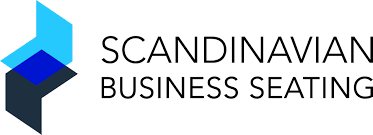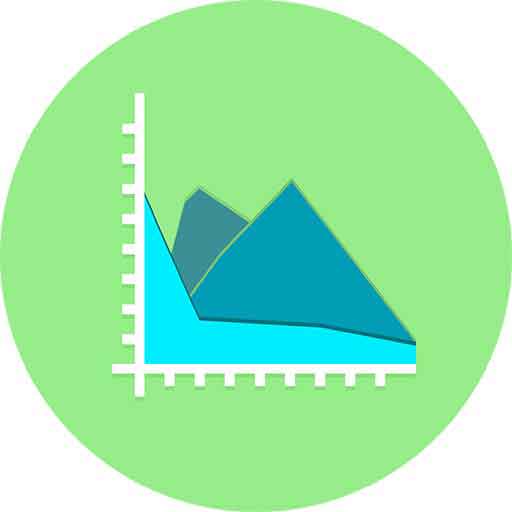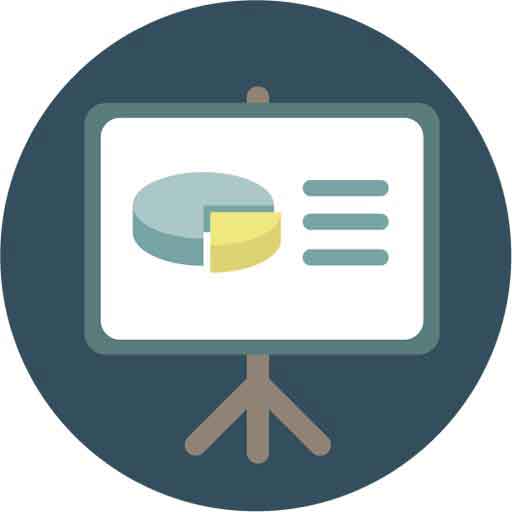Cautious Uptrend of Thermal Insulation in 2025
Europe’s thermal insulation market saw a -3.5% drop in sales volume in 2024, according to the latest IC Market Forecast – Thermal Insulation 2025 report by consulting firm Interconnection Consulting. This decline comes after two years of post-pandemic growth and signals a shift in the market cycle. It’s mainly due to the slowdown in the construction sector, worsening sentiment…
Cautious Uptrend of Thermal Insulation in 2025
Europe’s thermal insulation market saw a -3.5% drop in sales volume in 2024, according to the latest IC Market Forecast – Thermal Insulation 2025 report by consulting firm Interconnection Consulting. This decline comes after two years of post-pandemic growth and signals a shift in the market cycle. It’s mainly due to the slowdown in the construction sector, worsening sentiment among manufacturers, cautious willingness of residents to invest in their buildings, and an overall challenging economic environment affecting both consumers and companies as well.
In terms of value, the market also shrank by -3.0%, reaching €20.2 billion. While government policies aimed at improving energy efficiency and reducing emissions helped soften the blow, they weren’t enough to keep the strong momentum going.
Among the countries analyzed, Germany stood out with a steep -8.7% drop in volume, driven by ongoing problems in the construction industry and general economic uncertainty. In Poland, the market fell by -1.8%, affected by weak economic conditions and the lasting effects of the war in Ukraine. The Nordic countries were hit even harder, with an -11.3% decline, mainly because of fewer new building projects and broader political and economic instability.
On the brighter side, Spain (+3.1%) and the United Kingdom (+1.7%) showed positive results. In both countries, stronger economies and a higher willingness to invest—both from homeowners and developers—boosted market performance.
Looking ahead to 2025, a slight recovery is expected: +1.6% growth in volume and +3.8% in value. Robert Lukac, the analyst and author of the study, notes: “It’s a positive sign, but we should remain cautious. The construction sector is recovering slowly, and many manufacturers were too optimistic in 2024.”
Another challenge is the renewed trade tensions caused by Trump’s tariff policies. In this uncertain context, Lukac explains: “The EU’s thermal insulation market mostly relies on its own raw materials, so direct effects from tariffs should be minimal. But indirect effects—like lower GDP, less confidence, cautious manufacturers, delayed investments, and weaker demand—could still hurt the industry.”
At the same time, prices remained mostly stable in 2024, with a slight increase of 0.1% to 0.3%. After two years of companies not rising the prices (and cutting their margins) to stay competitive, a small price correction is expected, which could help balance supply and demand and support market development.
When it comes to materials, mineral wool was the top choice in Europe, making up 40% of the market. It was followed by expanded polystyrene (EPS and XPS) at 36.8%, though this material is gradually losing ground due to its limited fire resistance. PUR/PIR products held a 13% share. Meanwhile, eco-friendly insulation materials—though still small in share—are gaining popularity thanks to government support and growing environmental awareness. This makes them one of the most promising segments for future growth.
By 2028, the market is expected to pick up speed, helped by a stronger construction sector, with a goal of reaching €25 billion in market value, but the regional disparities appear along that trajectory according to Interconnection Consulting report.
The most important companies in the European thermal insulation market are (alphabetically): Austrotherm, Baumit, DOW, Ecotherm, Kingspan, Knauf Insulation, Owens Corning, Paroc, Recticel, Rockwool, Ruukki, Saint-Gobain, STO, Sundolitt, Swisspor, Synthos and URSA.
The study examined: Austria, Bosnia and Herzegovina, Belgium, China, Croatia, Czechia, France, Germany, Great Britain, Hungary, Italy, Netherlands, Nordics, Poland, Portugal, Romania, Serbia, Slovakia, Slovenia, Spain, Switzerland, Türkiye
[^]Freeze Market for Refrigerated Cabinets
The European refrigerated cabinets market remains in decline, with a -2.5% drop in 2024 and a projected -0.8% decrease in 2025, stricter refrigerant gas regulations, economic uncertainty, and fewer incentives for renovations are impacting sales across the continent, according to the latest Interconnection Consulting’s IC Market Tracking Refrigerated Cabinets 2025 study.
Germany stands…
Freeze Market for Refrigerated Cabinets
The European refrigerated cabinets market remains in decline, with a -2.5% drop in 2024 and a projected -0.8% decrease in 2025, stricter refrigerant gas regulations, economic uncertainty, and fewer incentives for renovations are impacting sales across the continent, according to the latest Interconnection Consulting’s IC Market Tracking Refrigerated Cabinets 2025 study.
Germany stands out as an exception, growing 0.6% in 2024 and 1.4% in 2025. This growth is driven by retailers upgrading equipment to meet new legislations and improve energy efficiency. In contrast, France is expected to fall -1.9% this year and another -1.2% in 2025, as economic and political instability make financing harder to obtain. The UK faces the steepest decline, with sales dropping -9.9% in 2024 and -5.0% in 2025, largely due to the economic crisis and Brexit-related import challenges.
Despite fewer units being sold, market value continues to rise, reaching €1.676 million in 2024. This increase is driven by new technologies that improve energy efficiency and compliance, as well as rising raw material costs.
On a global scale, China is experiencing strong growth, up 15.4%, fueled by increased demand for frozen products. Meanwhile, the U.S. follows Europe’s trend, declining -2.0% as economic struggles limit investments in the retail sector.
The market is dominated by leading companies like AHT Cooling Systems, Arneg, Bonnet Névé, Coreco, Epta, Frigoglass, Hauser, Hoshizaki, Imbera, Johnson Controls, LG Electronics, Liebherr, Metalfrio, True Manufacturing, and Viessmann. Together, they control almost 52% of the global market, these companies drive growth through innovation and use their worldwide presence to stay strong despite the ups and downs of the industry.
[^]


